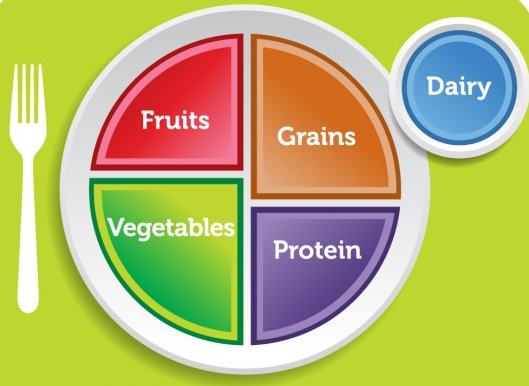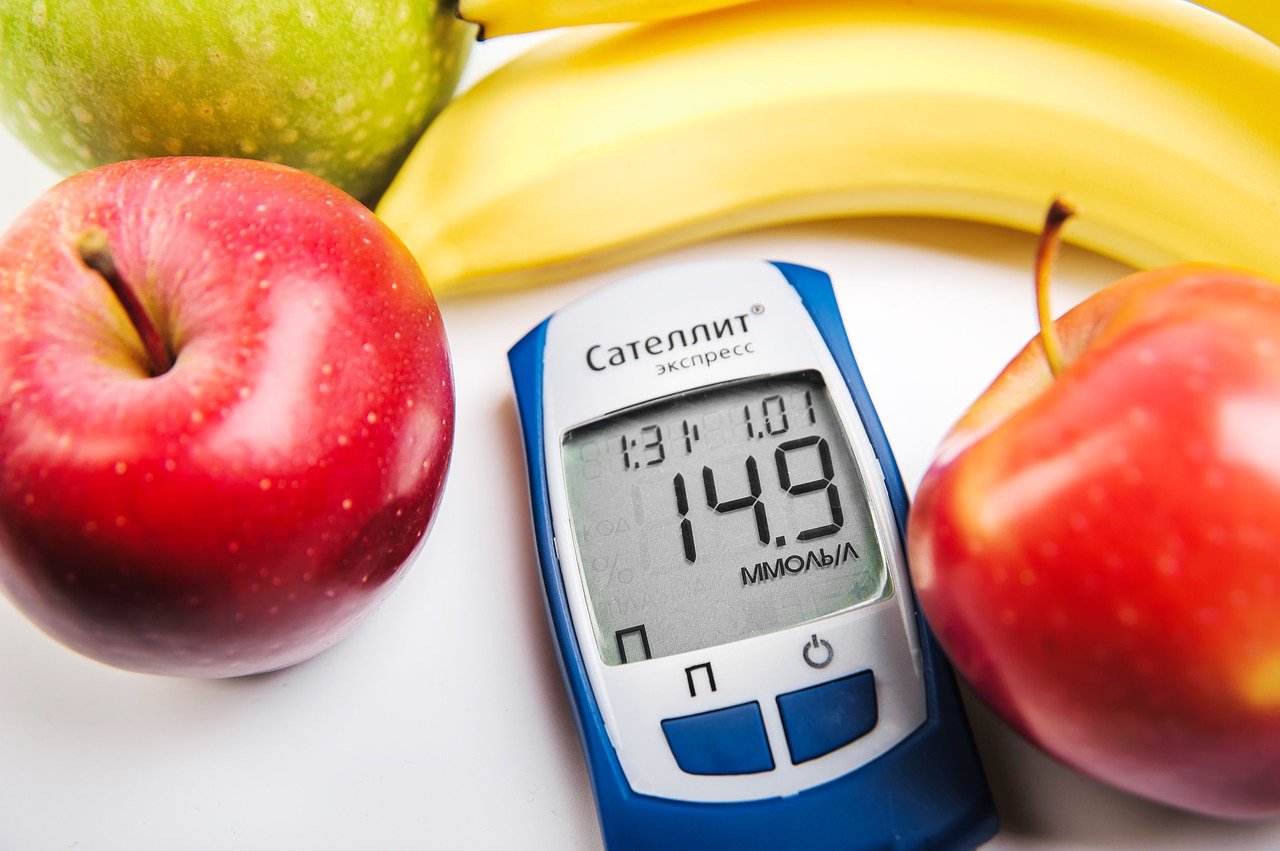Currently Empty: ₹0.00
How important is Safe and Nutritious Food at Schools?
While the intake of food is essential for a good performance, most of the food in schools today could actually be obstructing children’s ability to learn. Loaded with sugar, sodium, caffeine, most of the menu items are leaving kids unfocused, anxious and sick which not only impact their performance, but also sway their mood. Since schools play an important role in creating lifelong healthy eating habits, they ought to understand the importance of serving healthy and nutritious food, as eating nutritious food will help the kids stabilize their energy, improve their minds, and make them better learners.
What can you do to promote nutritious food at schools?
Kids rather than eating healthy food, they love to eat more of junk food like pizza, burger, fried chips, sweets that are typically high in fat, sugar and salt which trigger pleasure centers in their brains, stimulating them to keep eating. FSSAI has released regulations titled Food Safety and Standards (Safe food and balanced diets for children in school) Regulations, 2020 to help control this menace. One of the important regulations proposed within this is that, food high with saturated fat or trans-fat or added sugar or sodium cannot be sold in school campus or to school children in an area within 50 m from the school gate in any direction.

Kids grasp better eating habits when schools provide healthy food. Hence, schools can include milk, yogurt, oatmeal, whole grains, nuts, fruits and vegetables that provide key nutrients in their meals by disguising the appearance and taste of these healthy food.
Making Nutrition education a part of the curriculum and organizing fun-filled activities like identifying pictures of different fruits and vegetables, growing vegetables at school, learning about cultural food traditions will make the kids opt for healthy food.
In the Business Standard journal dated July 14, 2019 ‘Over 900 children were reported ill across the country in past 3 years after eating mid-day meals’ according to HRD Ministry officials. These instances make us contemplate that the food which the kids consume should be safe, together with being nutritious. For safe food to be served in schools, hygiene and safe food handling should be of utmost importance and everyone responsible for handling children’s food, should take that extra care. The school kitchens and cafeterias must uphold high standards of food safety to prevent food poisoning.
What is Safe and Nutritious Food (SNF) at schools all about?
The Eat Right School program, an initiative of FSSAI was launched in September 2016 as Safe and Nutritious Food (SNF) at School. The objective is to create awareness about ‘Eating Healthy’, ‘Eating Safe’, and ‘Eating Sustainably’ among school children and through them in the community at large. Pawan Agarwal, the former CEO, FSSAI said, “Students are the most susceptible to food-borne diseases and due to lack of awareness, they are open to experimenting with different kinds of food (mostly unhealthy) while at school. The objective of FSSAI’s Eat Right School (SNF@School) program is to create continuous engagement with students, teachers and parents to make them aware about the importance of safe food, healthy and sustainable diets”.
Want to get your school certified as Eat Right School? Here’s what you need to know
- Any recognized school can register for the Eat Right School program providing general information.
- The schools will have to nominate Health and Wellness Coordinators (HWC’s) who will have to be trained and certified through an online certification program.
- The HWC’s will carry the message of safe and nutritious food in school through both curricular and co-curricular activities.
- The school will have to undergo certain monitoring and evaluation procedures, after which the school will get certified as Eat Right School.
A lot of schools have sessions around nutrition and healthy eating, but there needs to be an integrated approach to make this holistic. That is what FSSAI aims to do as part of Eat Right School initiative. While it should be easy to implement this, if you still need detailed information on getting your schools certified as Eat Right School, you can write to us at eatrightschool@foodsafetyworks.in

Author: Alida Tina Peres, is an Associate Consultant at Food Safety Works. She looks into implementing plans on how to improve food safety and hygiene at schools.





